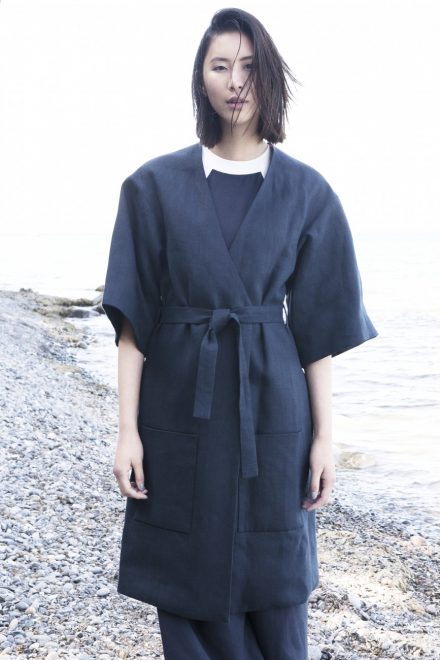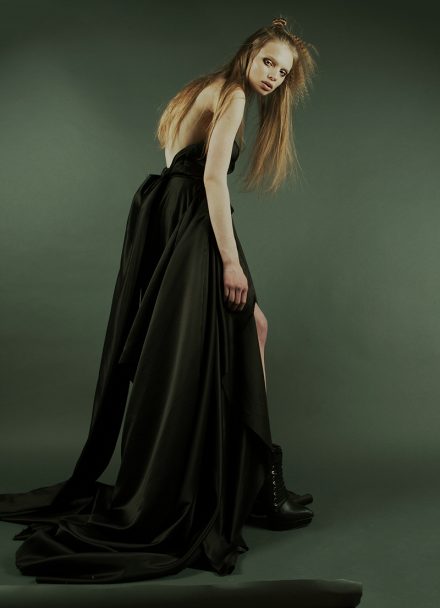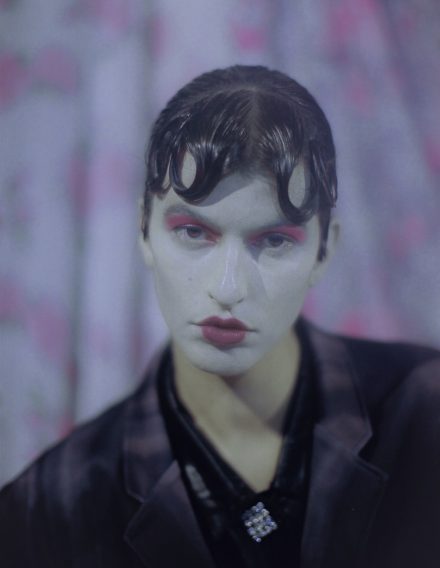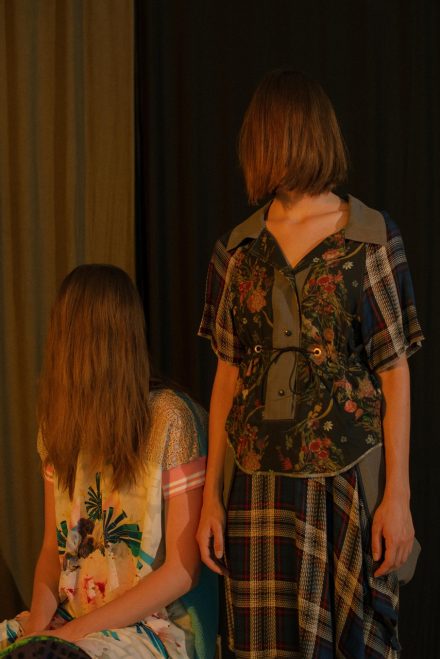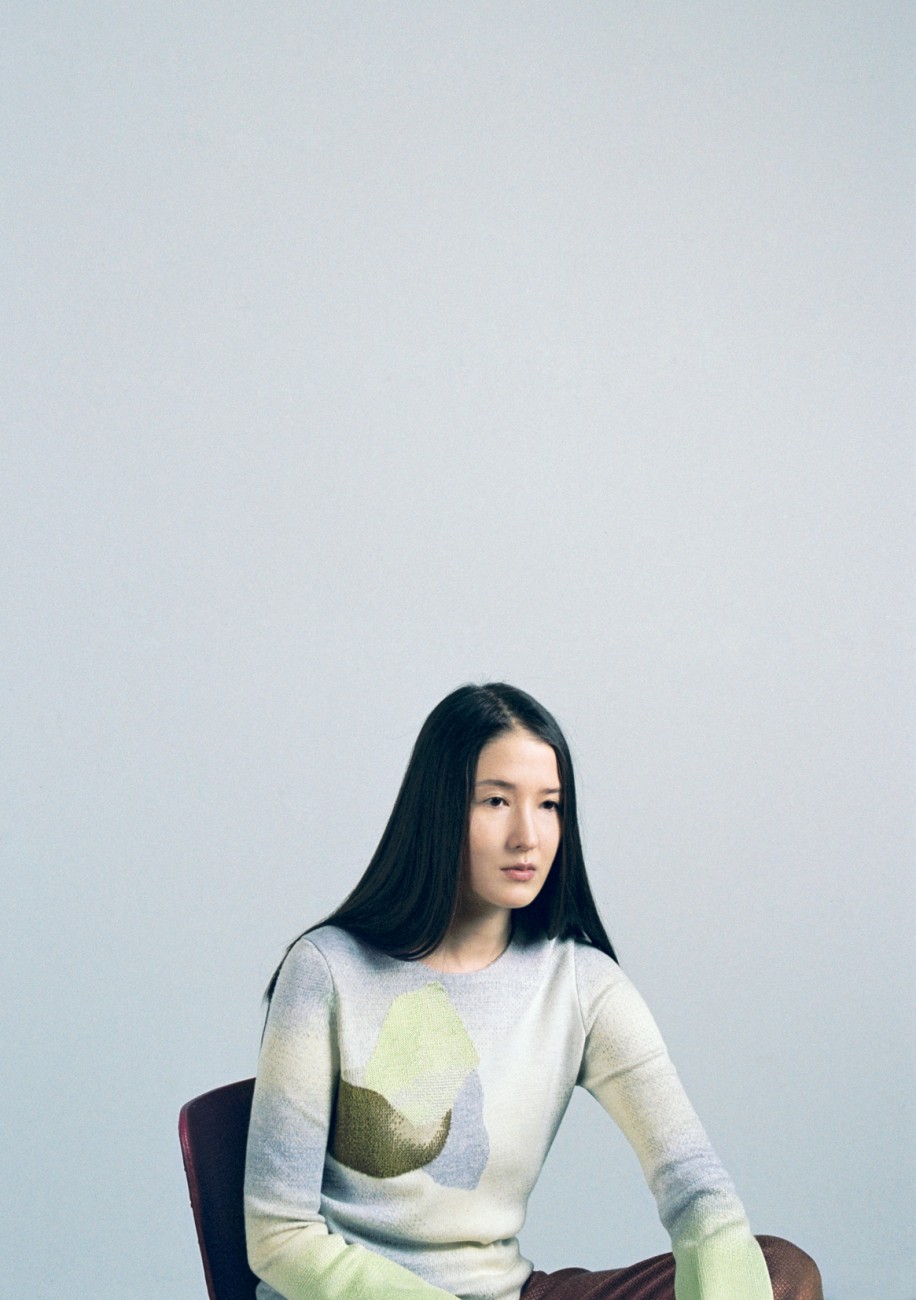
When thoughts turn to Grandma, rocking gently by the hearth, the picture is hardly complete without the rhythmic clicking of needles as her swift fingers churn out scarf after sweater. Indeed, knitwear seems to have garnered a somewhat fusty reputation, consigned to little more than rainy day tea-times. Yet, amidst a woolly haze of cable knit sweaters lies a smattering of innovative creatives, updating, reforming and redefining a timeless craft.
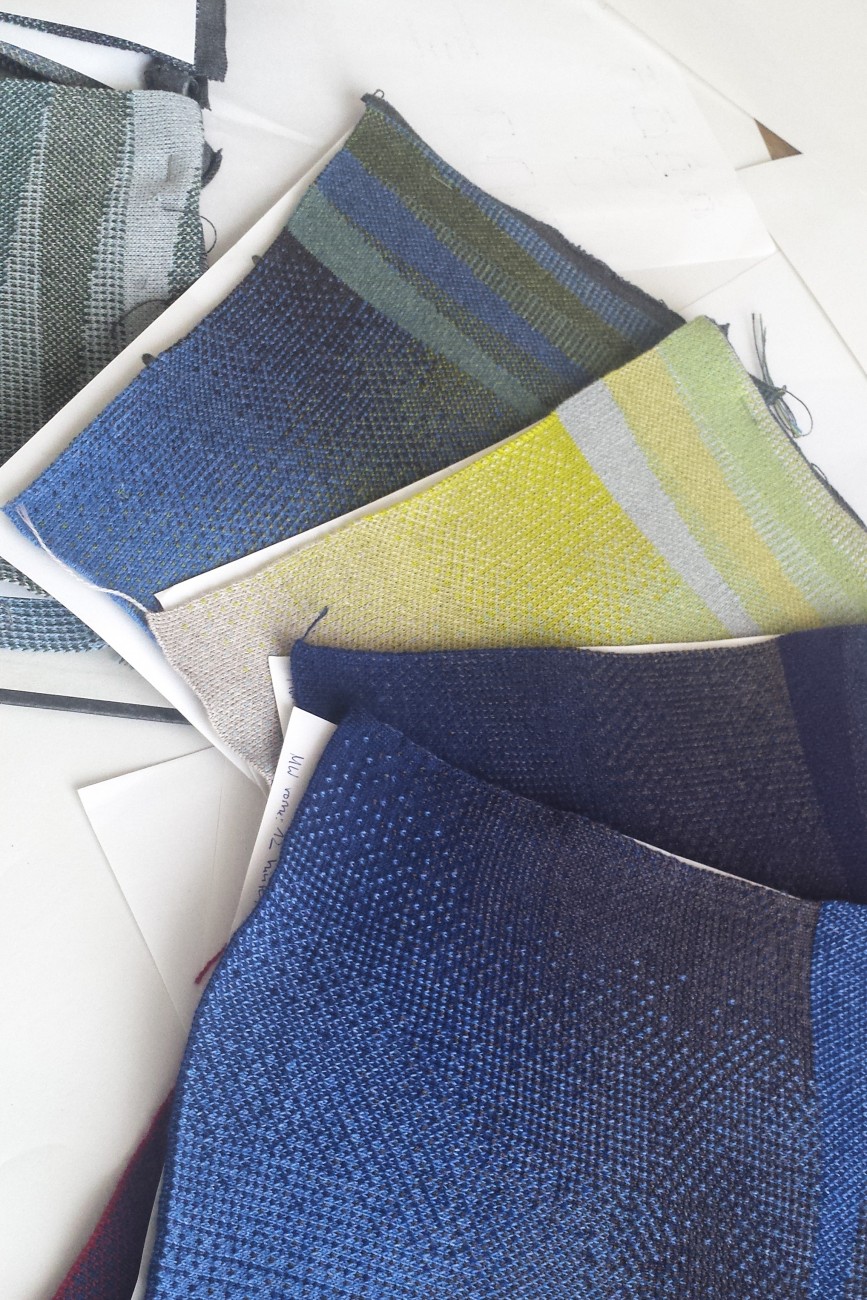
From their Prenzlauer Berg studio, Konstantin Laschkow and Laura Krauthausen persist in the creation of garments that pay reverence to the ancient traditions and customs of knitwear, while boldly asserting their relevance in a contemporary fashion context. This is not a task easily achieved. The slouchy nature of the fabrics employed can often result in the production of garments that bear the “wrong visual association”, offering looks perhaps more suitable for Thursday morning coffee circles at the parish church that for the wardrobe of a savvy cosmopolite. With such monolithic obstacles, one would have thought it improbable to be able to transform the meek and humble knit into a fashion phenomenon worthy of due admiration, yet somehow ‘The Case Studies‘ seem to have done just that.
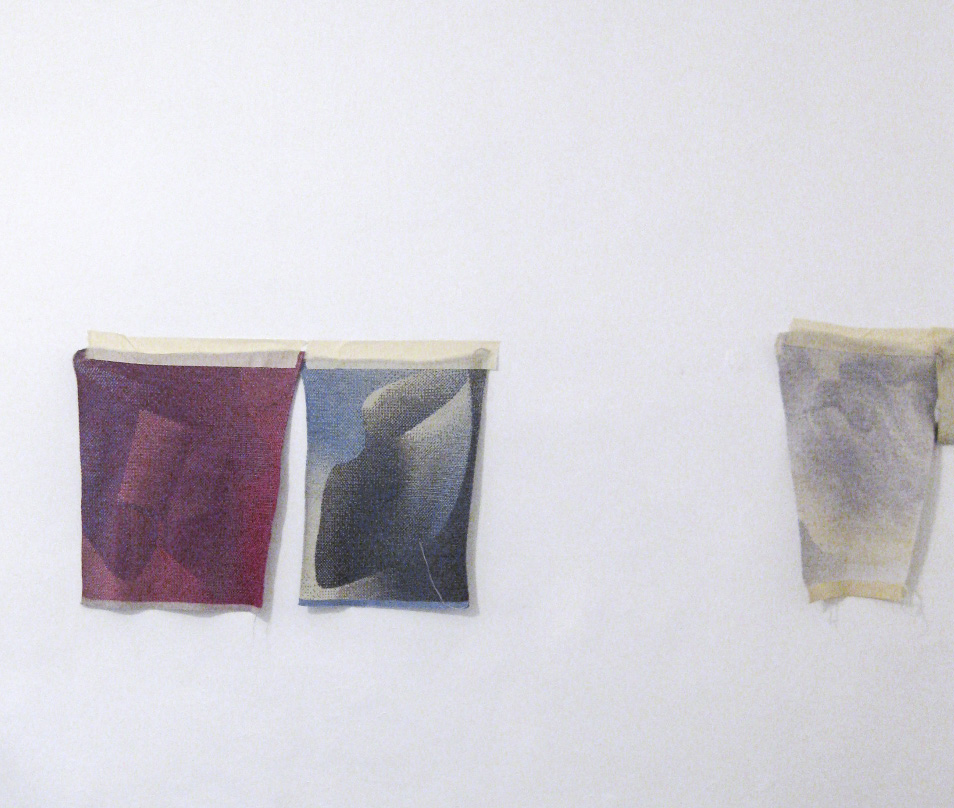
Konstantin, complete with a tape measure draped over his shoulders, chuckles at my perhaps naïve assumption that the innovation of the project lies in the production technique itself. “The technique itself is not new, it’s a very common [method of combining] more than one thread”, best known for its spawning of the ubiquitous Fair Isle knit. Yet the work of ‘The Case Studies’, with kaleidoscopic shimmers of colour and texture, could not be further removed from the static patterning of the Shetland sweaters. It seems that the brand’s philosophy boils down to a bridging of the ever-widening gulf separating traditional practice and contemporaneity, thereby affording it a seldom-seen genuine creative niche. It’s precisely this that “makes the project special, using a traditional technique to make something new”.
With a range of colours wider than the rainbow, individual threads are intricately woven to evoke a wealth of visual and cultural tropes, spanning 18th century floral illustrations to abstract geometries. Shades, patterns and gradients are created in an entirely ‘analogue’ fashion, refraining from the sharp, blockish contours offered by dyes, resulting in fascinating textural depths as loops of yarn interact, respond to and play with one another. While the finished result is certainly astounding, as rugged as it is fluid, such a rigidly precise means of textile creation took, as one would expect, some time to master. “When we first showed [the production factories] what we wanted to do, they said ‘You’ll be done in two years!’”, a statement to which Laura responds with reminiscent laughter. Though, when employing methods that have so sturdily weathered the test of time, it perhaps makes sense that a mastering of their intricacies and complexities might take a little longer than what has come to be expected by a fashion culture defined by an ever-quickening pace.

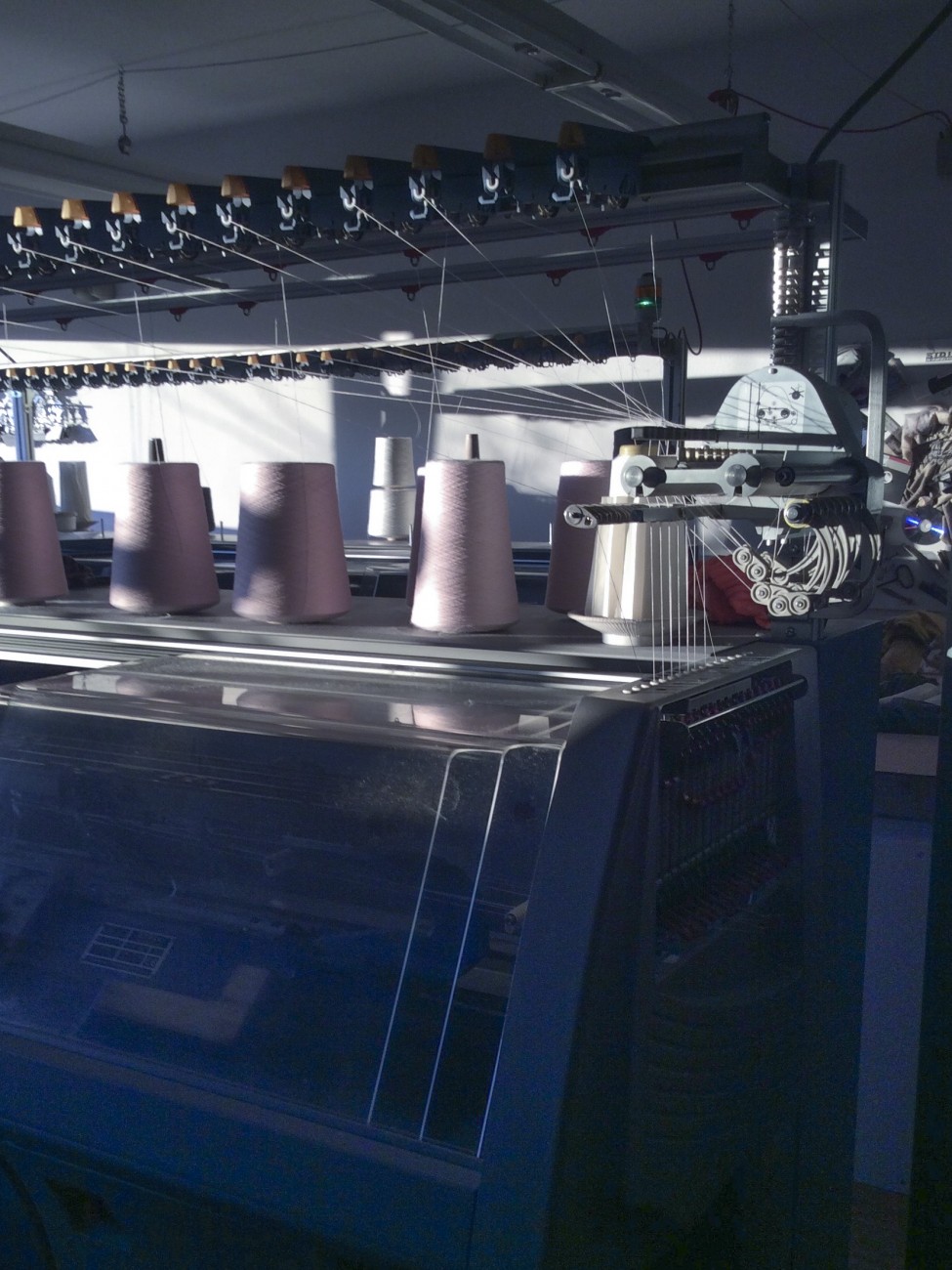
Indeed, it seems that time, and their removing of themselves from conventional temporal paradigms, may have been the key to ‘The Case Studies’’ critical acclaim. “We initially started with the idea of producing 5 sweaters, [but that went out of the window] and we ended up with 40 pieces!” While convention would condemn such an approach as structurally lacking, it has allowed the brand to develop its distinctly organic aesthetic, characterised by introspective garments, of which the process of creation is just as an integral part as the look itself, a far cry from a sartorial culture preoccupied by often-nebulous visual gimmicks and spectacles. This perhaps explains Konstantin’s assertion, “that’s completely not us’, when asked how he feels the brand fits into a generic Berlin aesthetic, predominantly, if perhaps ignorantly, thought of as dark, sporty and drab.
With the exodus of numerous prominent designers from prestigious houses, the topic of time and space to create is more pertinent today than ever. Alber Elbaz, formerly of Lanvin, spoke of how “[he needs] more time. […] And [he] thinks everybody in fashion these days needs just a little more time”. While the precise constraints that apply to the creative director of an internationally revered house may not be as relevant to Laura and Konstantin, their work is a testament to this statement. In taking time, they permit themselves to go beyond predominant prescriptive creative cultures, thereby embarking on a veritable case study, a profound exploration of the boundaries, techniques and possibilities of their chosen craft.
This does not mean that congruity need feature prominently in the creation of a collection: “When we showed [our work] to friends, they always said ‘It’s not one collection, it’s 3 or 4!” and indeed the distinct naming of each garment in the collection demonstrates the extent to which the conceptual tying together of their work is secondary. Yet in each garment, a unique narrative is woven, each pattern, shape and shift in colour a look in itself. And thus, the ingenuity of ‘The Case Studies’ reveals itself, for each piece is a unique experiment on the capacities and boundaries of knitwear, thereby redefining not only knitwear but also the very ethics of fashion creation. Now who would’ve thought the humble knit, Granny’s favourite way of whittling away the hours, would be blazing the trail towards fashion revolution?
All Photos, unless credited otherwise, by Konstantin Laschkow and Laura Krauthausen
